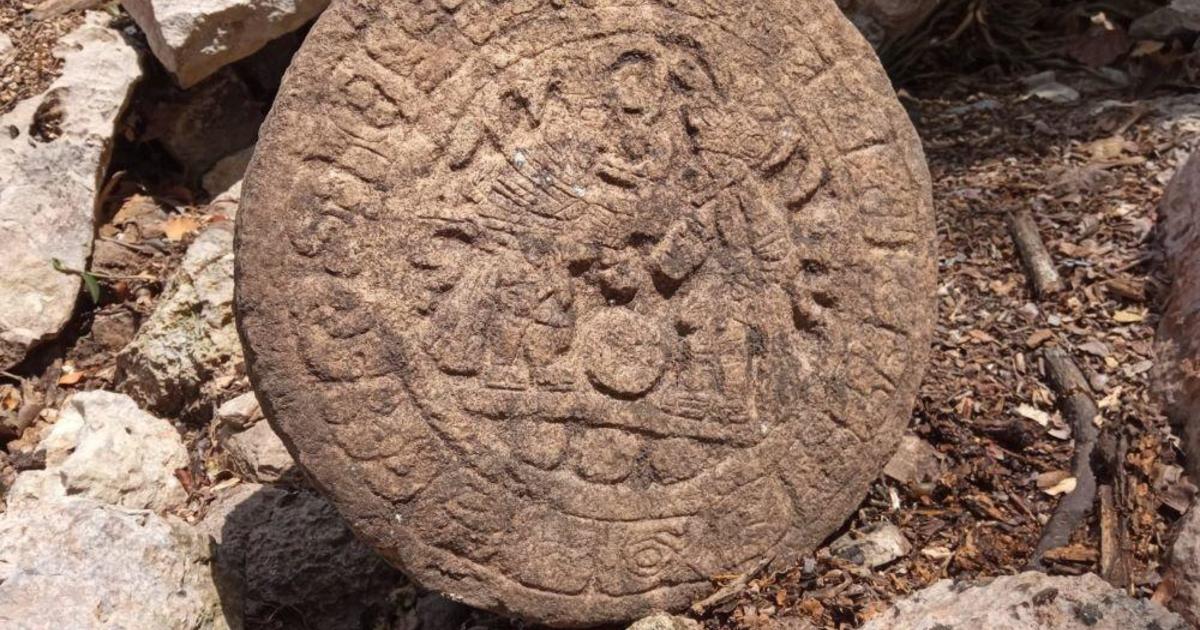Key takeaways:
- Archaeologists have discovered an ancient stone scoreboard used in a soccer-like ball game at the famed Mayan Chichen Itza archaeological site in Mexico’s Yucatan peninsula.
- The stone disk dates back to the late 800s or early 900 A.D. and is believed to have been used by the Mayans during a ball game.
- The discovery of the stone scoreboard provides insight into the ancient Mayan culture and is a reminder of the importance of preserving and protecting ancient sites.
Archaeologists have discovered an ancient stone scoreboard used in a soccer-like ball game at the famed Mayan Chichen Itza archaeological site in Mexico’s Yucatan peninsula. The circular piece, measuring just over 32 centimeters (12.6 inches) in diameter and weighing 40 kilograms (88 pounds), displays hieroglyphic writing surrounding two players standing next to a ball.
The stone disk was found at Chichén Itzá, an iconic ancient city in Yucutan, Mexico, and dates back to the late 800s or early 900 A.D. According to a statement from Mexico’s National Institute of Anthropology and History (INAH), two players standing with a ball are carved into the center, and text is carved around the center.
“In this Mayan site, it is rare to find hieroglyphic writing, let alone a complete text,” said Francisco Perez, one of the archaeologists coordinating the investigations in the Chichanchob complex, also called Casa Colorada.
The ancient stone scoreboard is believed to have been used by the Mayans during a ball game. The game was a ritualistic event that was often used to settle disputes between two cities or regions. It was also used to honor the gods and was a popular spectator sport.
The discovery of the stone scoreboard is an exciting find for archaeologists, as it provides insight into the ancient Mayan culture. It is also a reminder of the importance of preserving and protecting ancient sites.



Be First to Comment